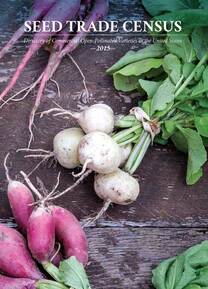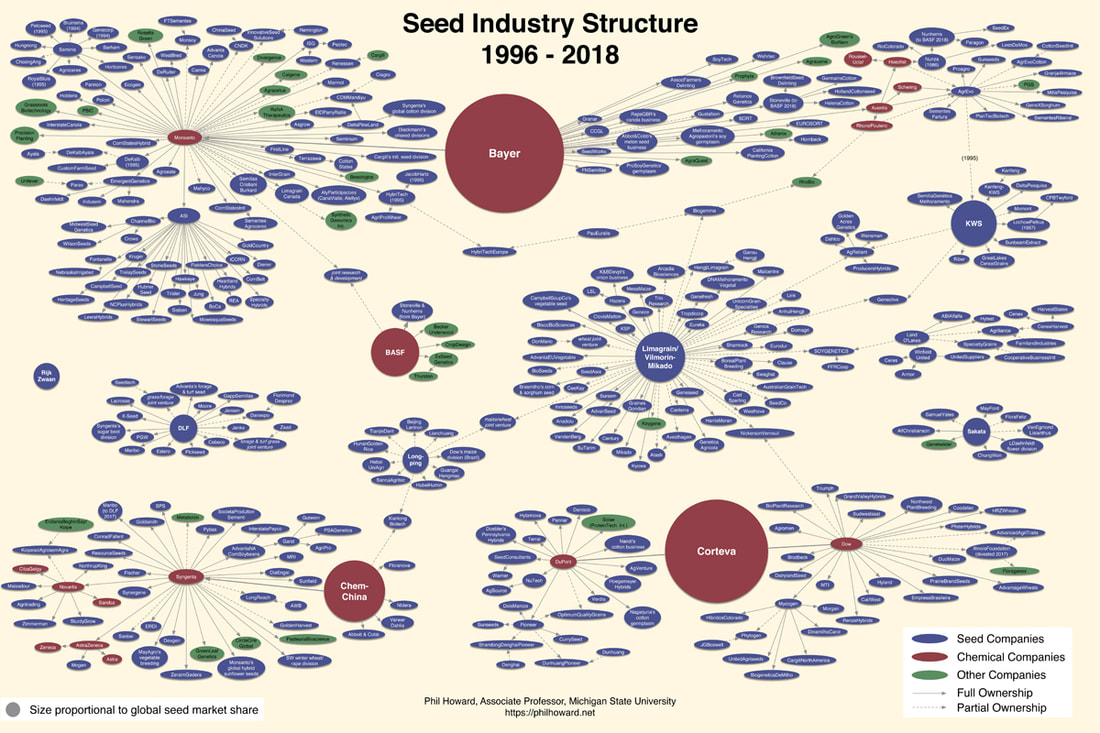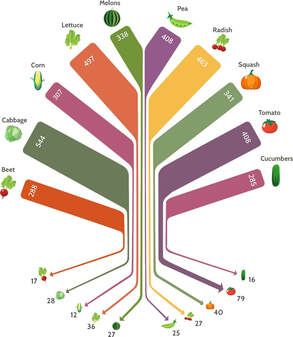Plant Breeding Projects
Task

We are developing a new variety of open-pollinated, open source varieties that will be shared through local seed libraries, including the Hall Middle School Seed Lending Library and the Seed Savers' Exchange Members' Exchange.
Vocabulary
|
cob
ear husks pollen tassels silks blight climate resilience resistance |
open-pollinated
trait heirloom hybrid GMO plant breeding evolutionary plant breeding isolation distance minimum population |
hybrid vigor
genes/genetics zinnia effect characteristics selection grex uniformity landrace |
Loss of Genetic Diversity
|
In the last hundred years, thousands of local seed companies that have offered regionally adapted seeds have been lost. Many have been purchased by large chemical companies. Lately, even some of those giants, such as Monsanto, have been purchased by other companies such as Bayer. In order to have seeds that are more resilient in a time of changing climate, having locally grown seed that is more diverse will be essential.
|
In 80 years we lost 93% of the varieties. Regionally-adapted varieties are not the focus of large companies with a national customer base. Preserving the remaining genetic diversity as well as breeding for local adaptations will be done by home gardeners and in schools.
|
Focus Questions
- What characteristics do we want to breed for?
- What traits are dominant?
- What makes for a good popcorn?
- How can we communicate our findings to others? (Note: It may take 7 years or longer to breed a new variety! Come back and visit us!)
Educator Resources
Seed Saving |
Plant Breeding |
|
Citizen Science |
Seed Libraries |
|
There are a number of ways to engage your students in preserving heirlooms, trialing traditional and modern varieties (& analyzing for resilience), & breeding varieties for the future:
|
Seed libraries are a way to bring your curriculum to life and engage students to continue exploring the science at home in their own gardens. Create one in your own school garden.
Seed Sources
Find some varieties that you are willing to steward. One idea is to get a copy of the Seed Trade Census book and look for seeds that are not widely available. Also, see if there are any regional seed companies that specialize in regionally-grown seed. Beware! much of the seed that is sold, even by small companies, is all being grown by the same growers and much of that is coming from China. Seed Savers Exchange also has an members' exchange.
|



